For most of our history we have taken for granted that the worlds closest to Earth must be inhabited. There was no reason to think otherwise—that is, until science actually began finding them. For a planet to be habitable, several circumstances that are not particularly abundant have to come together. Today we know that there is no intelligent life on the Moon, Venus and Mars, but we also know that in our galaxy alone there are possibly billions of planets. With today’s science, how many of them might resemble our own world and even harbour beings with whom we could communicate?

Image from :https://phl.upr.edu/projects/habitable-exoplanets-catalog
Thanks to new research using data from the Kepler space telescope, it’s estimated that there could be as many as 300 million potentially habitable planets in our galaxy. Some could even be pretty close, with several likely within 30 light-years of our Sun. The findings will be published in The Astronomical Journal, and research was a collaboration of scientists from NASA, the SETI Institute, and other organizations worldwide.
In 1995, astronomers Michel Mayor and Didier Queloz detected the first exoplanet in a Sun-like star, 51 Pegasi b (today called Dimidium). Three years earlier, Aleksander Wolszczan and Dale Frail had discovered the first confirmed extrasolar planets, but these orbited around a pulsar, so they were not suitable for life. And although with an estimated surface temperature of nearly 1,000°C the planet discovered by Mayor and Queloz is also an uninhabitable hell, their discovery launched the hunt for possible terrestrial twins.
Previous estimates about determining the number of potentially habitable exoplanets there are in our galaxy were heavily based on the planet’s distance from its star. This new research also considers how much light hits the planet from its star, which would impact the likelihood that the planet could support liquid water. To do this, the team looked not only at Kepler data, but also at data from the European Space Agency’s Gaia mission about how much energy the planet’s star emits.

Habitable Zone Plot, Image from https://phl.upr.edu/projects/habitable-exoplanets-catalog

Stellar Map, Image from https://phl.upr.edu/projects/habitable-exoplanets-catalog
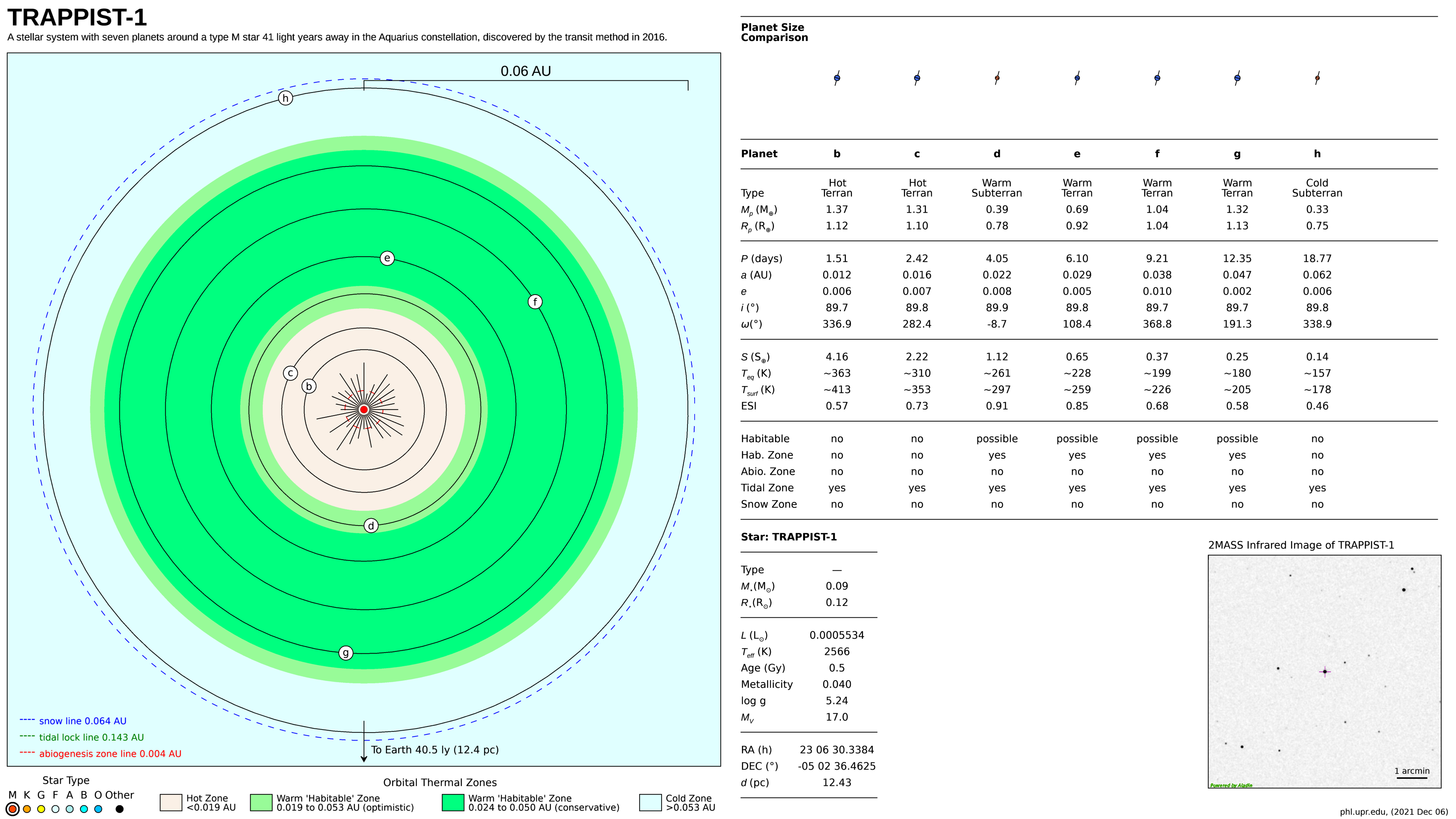
Stellar System Plots, Image from https://phl.upr.edu/projects/habitable-exoplanets-catalog
More research will be needed to understand the role a planet’s atmosphere has on its capacity to support liquid water. In this analysis, researchers used a conservative estimate of the atmosphere’s effect to estimate the occurrence of Sun-like stars with rocky planets that could have liquid water. With the data obtained, astronomers can estimate certain characteristics, such as mass, size, possible composition, proximity to the star and temperature. In this way astronomers can ascertain whether a planet is a candidate to harbour life as we know it. As in November 2021, 4,852 exoplanets have been confirmed in 3,586 star systems, 800 of which have more than one planet.
Credits: Pictures from Planetary Habitability Laboratory, University of Puerto Rico at Arecibo. Some results from NASA.




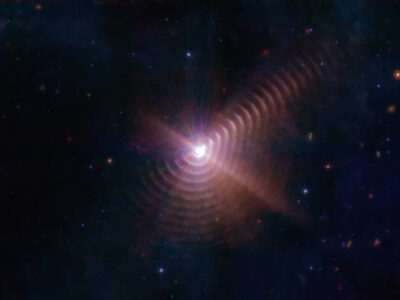
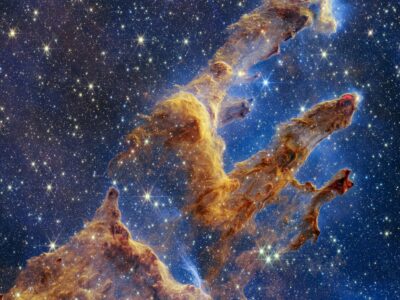
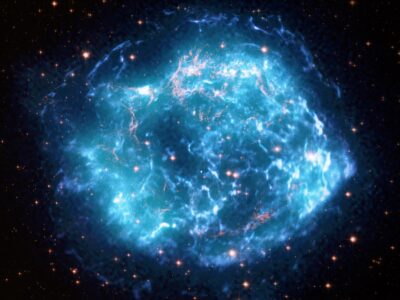
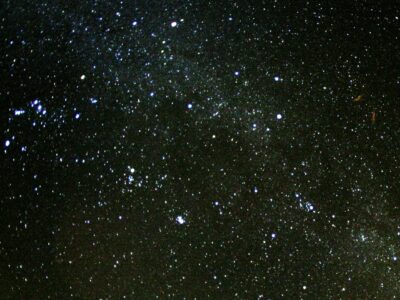



good